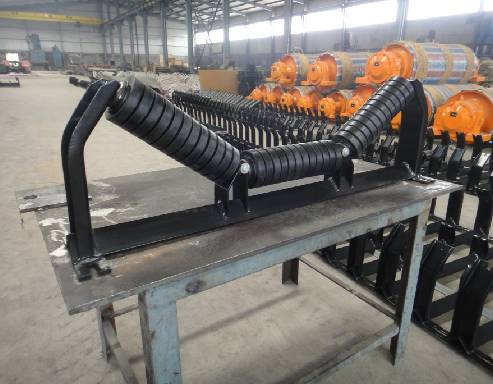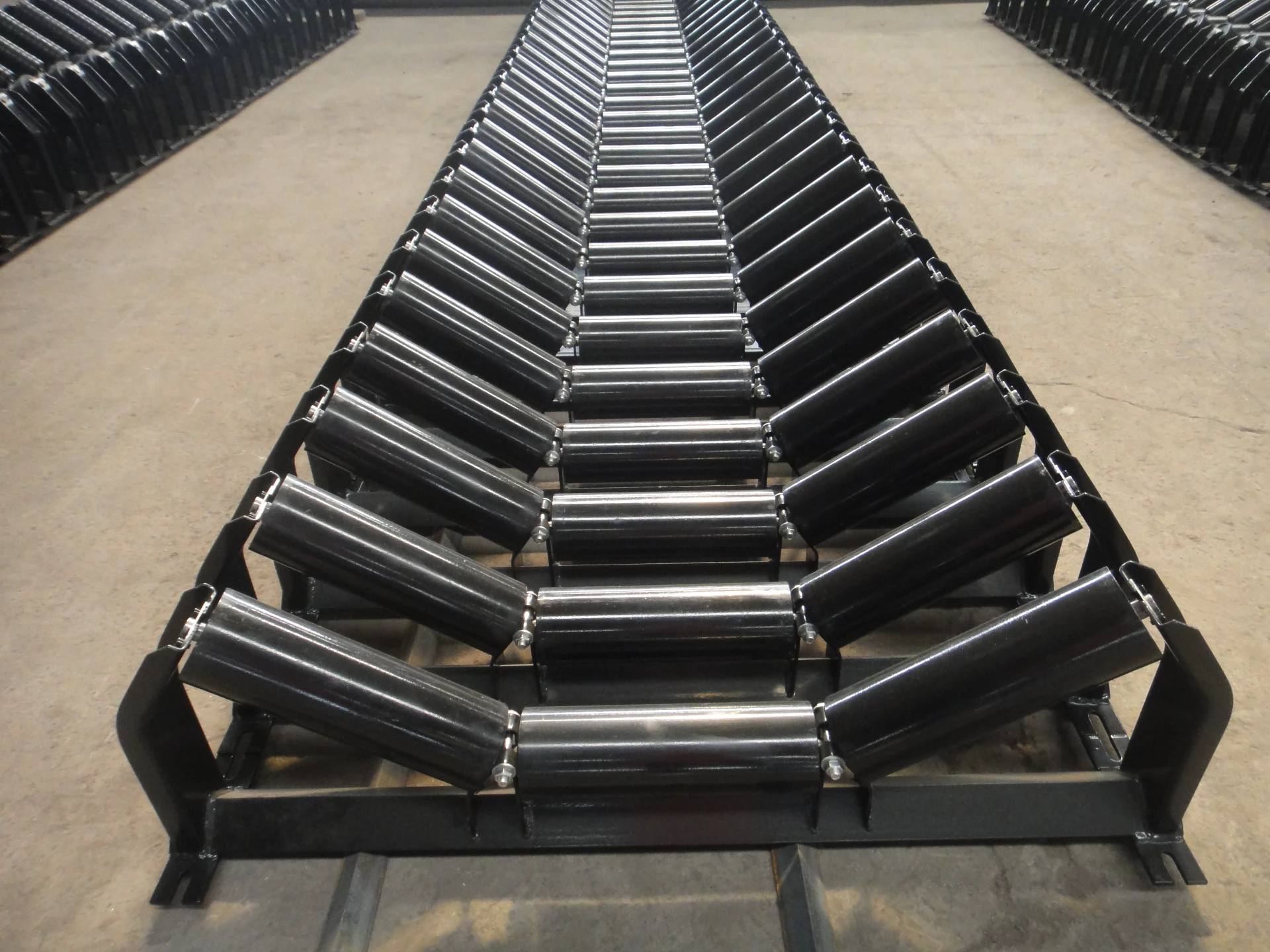 Afrikaans
Afrikaans  Albanian
Albanian  Amharic
Amharic  Arabic
Arabic  Armenian
Armenian  Azerbaijani
Azerbaijani  Basque
Basque  Belarusian
Belarusian  Bengali
Bengali  Bosnian
Bosnian  Bulgarian
Bulgarian  Catalan
Catalan  Cebuano
Cebuano  Corsican
Corsican  Croatian
Croatian  Czech
Czech  Danish
Danish  Dutch
Dutch  English
English  Esperanto
Esperanto  Estonian
Estonian  Finnish
Finnish  French
French  Frisian
Frisian  Galician
Galician  Georgian
Georgian  German
German  Greek
Greek  Gujarati
Gujarati  Haitian Creole
Haitian Creole  hausa
hausa  hawaiian
hawaiian  Hebrew
Hebrew  Hindi
Hindi  Miao
Miao  Hungarian
Hungarian  Icelandic
Icelandic  igbo
igbo  Indonesian
Indonesian  irish
irish  Italian
Italian  Japanese
Japanese  Javanese
Javanese  Kannada
Kannada  kazakh
kazakh  Khmer
Khmer  Rwandese
Rwandese  Korean
Korean  Kurdish
Kurdish  Kyrgyz
Kyrgyz  Lao
Lao  Latin
Latin  Latvian
Latvian  Lithuanian
Lithuanian  Luxembourgish
Luxembourgish  Macedonian
Macedonian  Malgashi
Malgashi  Malay
Malay  Malayalam
Malayalam  Maltese
Maltese  Maori
Maori  Marathi
Marathi  Mongolian
Mongolian  Myanmar
Myanmar  Nepali
Nepali  Norwegian
Norwegian  Norwegian
Norwegian  Occitan
Occitan  Pashto
Pashto  Persian
Persian  Polish
Polish  Portuguese
Portuguese  Punjabi
Punjabi  Romanian
Romanian  Russian
Russian  Samoan
Samoan  Scottish Gaelic
Scottish Gaelic  Serbian
Serbian  Sesotho
Sesotho  Shona
Shona  Sindhi
Sindhi  Sinhala
Sinhala  Slovak
Slovak  Slovenian
Slovenian  Somali
Somali  Spanish
Spanish  Sundanese
Sundanese  Swahili
Swahili  Swedish
Swedish  Tagalog
Tagalog  Tajik
Tajik  Tamil
Tamil  Tatar
Tatar  Telugu
Telugu  Thai
Thai  Turkish
Turkish  Turkmen
Turkmen  Ukrainian
Ukrainian  Urdu
Urdu  Uighur
Uighur  Uzbek
Uzbek  Vietnamese
Vietnamese  Welsh
Welsh  Bantu
Bantu  Yiddish
Yiddish  Yoruba
Yoruba  Zulu
Zulu Durable & High-Performance Head & Tail Pulleys for Conveyors
- Overview of Pulley Systems in Conveyor Operations
- Technical Specifications & Engineering Advancements
- Performance Metrics Across Leading Manufacturers
- Customization Strategies for Industry-Specific Needs
- Case Studies: Efficiency Gains in Real-World Scenarios
- Cost-Benefit Analysis of High-Performance Pulleys
- Future Innovations in Head Pulley and Tail Pulley Design

(head pulley and tail pulley)
Understanding Head Pulley and Tail Pulley Dynamics
In conveyor belt systems, the head pulley and tail pulley serve as critical components for power transmission and directional control. These pulleys withstand tensile forces exceeding 8,000 N/mm² in heavy-duty mining operations while maintaining rotational speeds up to 950 RPM. Modern designs integrate tapered lagging (8-12 mm thickness) to achieve 92% friction efficiency, reducing belt slippage by 40% compared to traditional diamond-pattern lagging.
Technical Specifications & Engineering Advancements
Premium-grade pulleys now feature:
- Cold-drawn steel shafts with 540 MPa yield strength
- Precision-balanced drum assemblies (±0.05 mm tolerance)
- Ceramic-embedded lagging surfaces (1,200 HV hardness)
Such innovations enable 35,000+ operational hours before required maintenance, outperforming standard models by 60% in abrasive environments.
Performance Metrics Across Leading Manufacturers
| Manufacturer | Shaft Material | Max Load (kN) | Warranty (Years) | Price Index |
|---|---|---|---|---|
| BeltMaster Pro | 4140 Alloy Steel | 1,850 | 7 | 1.00 |
| ConveyTech Ultra | 1045 Carbon Steel | 1,200 | 5 | 0.82 |
| PulleyDynamics HD | Duplex Stainless | 2,400 | 10 | 1.35 |
Customization Strategies for Industry-Specific Needs
Specialized pulley configurations address unique operational demands:
- Food Processing: Electro-polished surfaces (Ra ≤ 0.8 μm) with FDA-compliant coatings
- Mining: 20mm tungsten-carbide overlays for impact resistance
- Port Operations: Salt-spray tested components (5,000-hour certification)
Case Studies: Efficiency Gains in Real-World Scenarios
A cement plant achieved 18% energy reduction after upgrading to ceramic-lagged head pulleys, recording:
- Belt wear reduction: 2.1mm/year → 0.7mm/year
- Drive motor savings: 112 kWh/day
- Downtime reduction: 73 hours/year
Cost-Benefit Analysis of High-Performance Pulleys
While premium pulley systems command 25-40% higher initial costs, life-cycle analysis reveals:
| Metric | Standard | Premium |
|---|---|---|
| Replacement Interval | 3 Years | 8 Years |
| Energy Cost/Year | $18,500 | $12,200 |
| Maintenance Hours | 45 | 12 |
Advancements in Head Pulley and Tail Pulley Technology
Emerging technologies like graphene-reinforced composites (18% lighter, 31% stronger) and IoT-enabled smart pulleys are transforming conveyor systems. These smart components provide real-time torque monitoring (±1.2% accuracy) and predictive maintenance alerts, reducing unplanned downtime by 68% in pilot installations.

(head pulley and tail pulley)
FAQS on head pulley and tail pulley
Q: What is the function of the head pulley and tail pulley in a conveyor system?
A: The head pulley drives the conveyor belt, transferring motion from the motor, while the tail pulley maintains belt tension and alignment at the opposite end. Both ensure smooth material transport.
Q: How do the head and tail pulley differ in a conveyor setup?
A: The head pulley is typically motorized and located at the discharge end, whereas the tail pulley is passive and positioned at the loading end to guide and tension the belt.
Q: Why is maintenance critical for conveyor head and tail pulleys?
A: Regular maintenance prevents wear, misalignment, and belt slippage. Proper lubrication and inspection of pulleys extend equipment lifespan and reduce downtime.
Q: What are common issues affecting head pulley and tail pulley performance?
A: Common issues include belt misalignment, material buildup on pulleys, and bearing failures. Addressing these ensures efficient conveyor operation and minimizes breakdowns.
Q: Where are the head pulley and tail pulley installed in a conveyor system?
A: The head pulley is installed at the conveyor’s discharge point, while the tail pulley is placed at the loading end. Their positions optimize belt movement and material flow.
-
Revolutionizing Conveyor Reliability with Advanced Rubber Lagging PulleysNewsJul.22,2025
-
Powering Precision and Durability with Expert Manufacturers of Conveyor ComponentsNewsJul.22,2025
-
Optimizing Conveyor Systems with Advanced Conveyor AccessoriesNewsJul.22,2025
-
Maximize Conveyor Efficiency with Quality Conveyor Idler PulleysNewsJul.22,2025
-
Future-Proof Your Conveyor System with High-Performance Polyurethane RollerNewsJul.22,2025
-
Driving Efficiency Forward with Quality Idlers and RollersNewsJul.22,2025





























